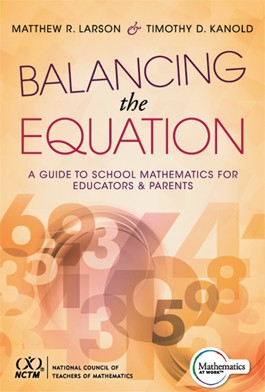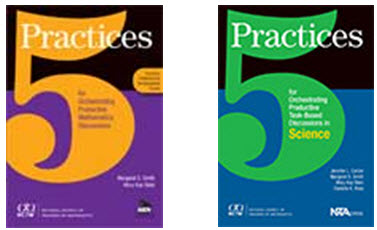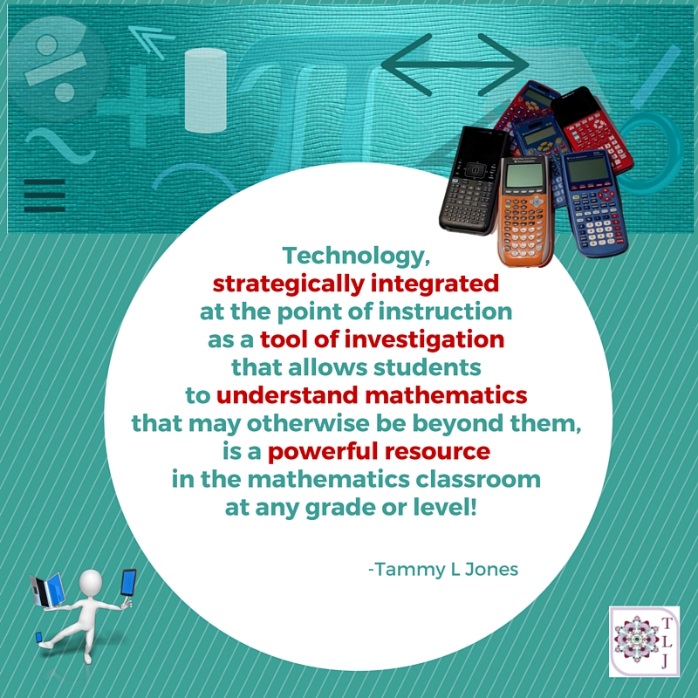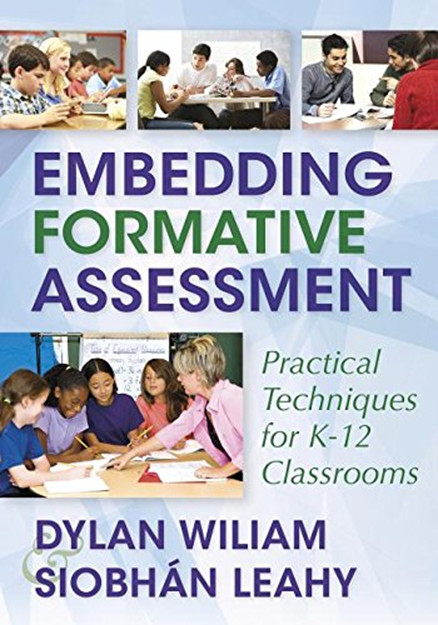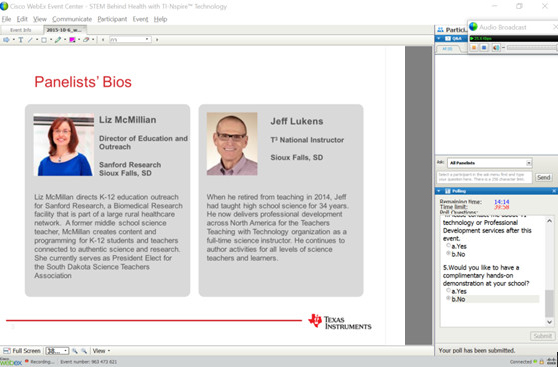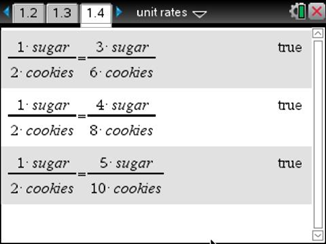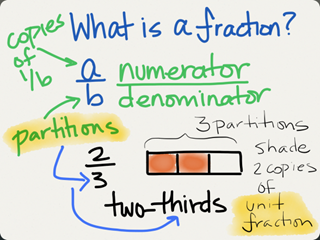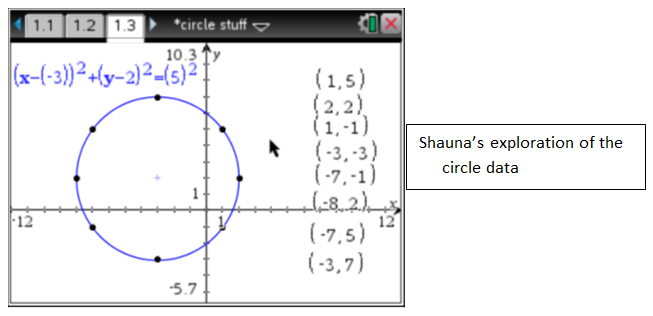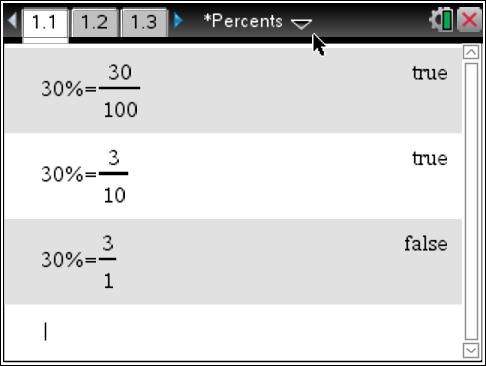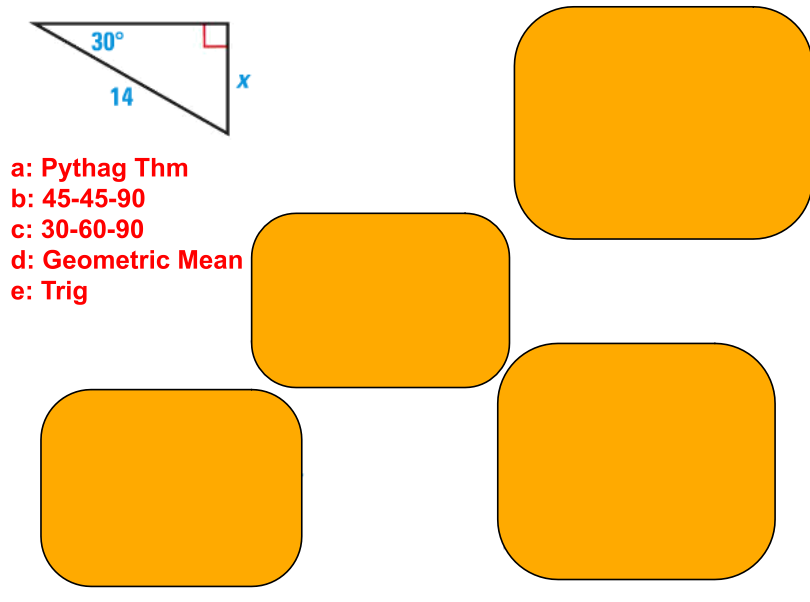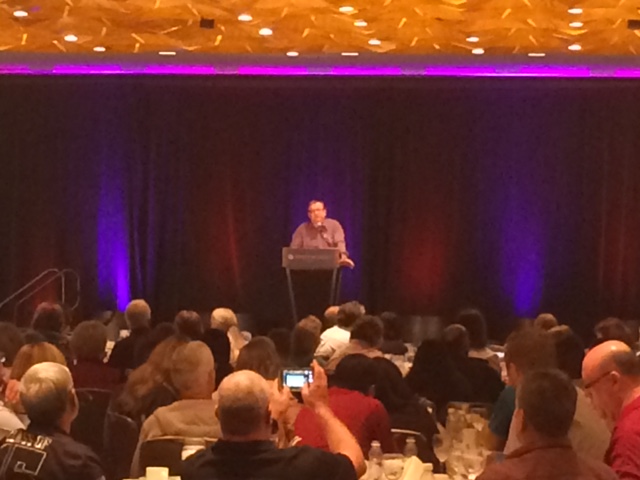
Teachers Teaching with Technology: Professional Learning Community
T3 – Leaders of the Community Teachers Teaching with Technology or T3, has been a vibrant professional learning community for 30 years. (next year’s conference in San Antonio will be our 30th). I had the privilege of speaking to key leaders in our community, the day prior to the opening of the T3 International Conference in Chicago. As one who has been a classroom teacher, and a T3 Instructor, I have experienced personally the value of their leadership and influence on educators. My brief remarks were focused on their shared leadership and contributions to education. I used inspirational quotes from U.S. Presidents to frame my remarks. “If your actions inspire others to dream more, learn more, do more and become more, you are a leader.” John Quincy Adams…
